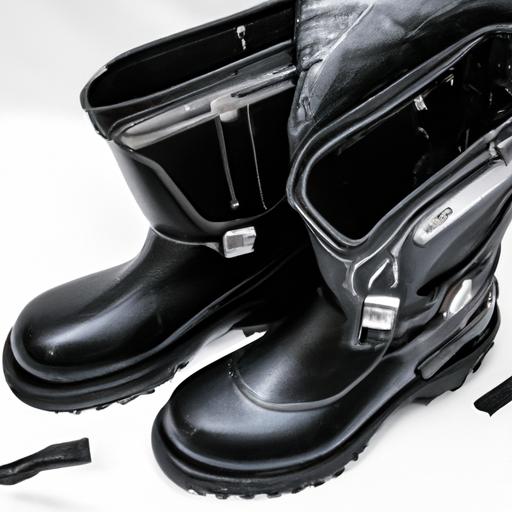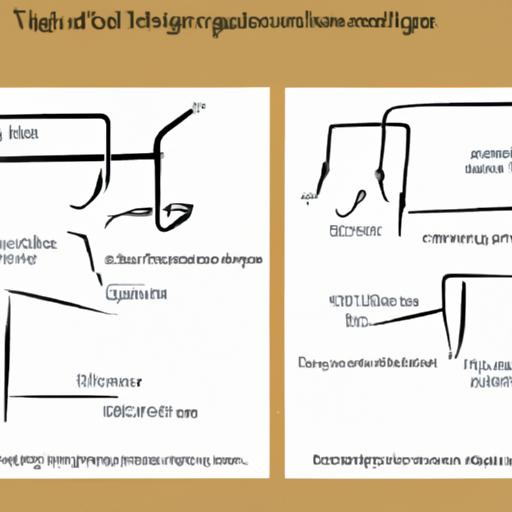Are MIG Welds Good?
Introduction
MIG welding, also known as Metal Inert Gas welding, is a popular welding technique used in various industries. Understanding the quality of MIG welds is crucial for ensuring the strength, durability, and reliability of welded structures. In this article, we will explore the factors that affect the quality of MIG welds and discuss the advantages of good MIG welds.
Understanding MIG Welding
MIG welding involves the process of using a continuous wire electrode to create an electric arc between the welding gun and the workpiece. This arc generates heat, which melts the wire electrode and fuses it with the base metal to form the weld. The inert gas, typically argon or a mixture of argon and carbon dioxide, is used to shield the weld from atmospheric contamination.
Definition and explanation of MIG welding
MIG welding is a versatile welding process that allows for high-speed and efficient welding. It is commonly used for joining different types of metals, including steel, aluminum, and stainless steel. The simplicity and ease of use make MIG welding suitable for both professionals and DIY enthusiasts.
Key components and equipment involved in MIG welding
MIG welding requires several components, including a power source, welding gun, wire feeder, shielding gas supply, and consumables such as electrodes and filler wires. Each component plays a crucial role in ensuring the quality of the MIG weld.
Advantages and disadvantages of MIG welding technique
MIG welding offers numerous advantages, such as fast welding speeds, minimal post-weld cleaning, and the ability to weld in various positions. It also provides good control over the welding process and produces aesthetically pleasing welds. However, MIG welding may not be suitable for all applications, as it requires a clean and well-prepared welding surface and can be affected by wind or drafts.
Stay tuned for the upcoming sections, where we will delve into the factors that affect the quality of MIG welds and the advantages of good MIG welds.
Understanding MIG Welding
MIG welding, also known as Metal Inert Gas welding, is a popular welding technique used in various industries. It involves the use of a continuous wire electrode that is fed through a welding gun, while an inert gas, such as argon or a mixture of gases, shields the weld area from atmospheric contamination. This process creates an electric arc that melts the electrode and the base metal, fusing them together to form a weld.
A. Definition and Explanation of MIG Welding
MIG welding is highly versatile and can be used to weld a wide range of materials, including steel, aluminum, stainless steel, and more. It is known for its efficiency and speed, making it a preferred choice for both industrial applications and DIY projects. The ease of operation and the ability to create clean and precise welds are some of the reasons behind its popularity.
B. Key Components and Equipment Involved in MIG Welding
To perform a MIG weld, several key components and equipment are required. These include a power source, a wire feeder, a welding gun, a welding electrode (wire), and a shielding gas supply. The power source provides the necessary electricity to create the arc, while the wire feeder controls the speed and feed of the welding electrode. The welding gun allows the welder to direct the electrode accurately, while the shielding gas protects the weld area from oxidation and contamination.
C. Advantages and Disadvantages of MIG Welding Technique
MIG welding offers numerous advantages that contribute to its popularity. It provides high welding speeds, ensuring projects are completed quickly and efficiently. The process is relatively easy to learn, making it accessible to both professionals and beginners. Additionally, MIG welding creates clean and aesthetically pleasing welds with minimal spatter.
However, MIG welding also has its limitations. It may not be suitable for welding thicker materials, as it may lack the necessary penetration. Additionally, the need for a shielding gas can increase the overall cost of the welding process. It is crucial to consider these factors and assess whether MIG welding is the right technique for your specific project requirements.
Understanding MIG welding and its components is fundamental to evaluate the quality of MIG welds. In the next section, we will explore the techniques and methods used to assess the quality of MIG welds.
Continue to Assessing the Quality of MIG Welds
Advantages of Good MIG Welds
MIG welding, when executed with precision and expertise, offers numerous advantages that make it a preferred choice for various applications. Let’s explore the benefits of achieving good MIG welds:
A. Enhanced Structural Strength and Durability
When MIG welds are executed properly, they result in strong and durable bonds between metal components. The uniform fusion of metals creates a robust connection that can withstand significant stress and load-bearing requirements. This enhanced structural strength is crucial in industries such as construction, automotive, and manufacturing, where the integrity of welded joints directly impacts the overall performance and safety of the finished product.
B. Increased Resistance to Corrosion and Wear
Good MIG welds exhibit excellent resistance to corrosion and wear. The precise application of protective shielding gases during the welding process creates a gas envelope that shields the molten weld pool from atmospheric contaminants. This effectively prevents oxidation and the formation of weak points in the weld, ensuring long-lasting resistance against rust and corrosion. Additionally, the strong fusion achieved through MIG welding minimizes the risk of cracks or gaps that could compromise the weld’s resistance to wear and tear.
C. Improved Aesthetics and Finishing Options
MIG welding allows for precise control over the weld pool, resulting in neat and visually appealing weld beads. The smooth and consistent appearance of MIG welds enhances the overall aesthetics of fabricated structures or products. Furthermore, the versatility of MIG welding allows for various finishing options, such as grinding, polishing, or painting, to achieve the desired appearance and surface finish.
D. Cost-effectiveness and Efficiency in Various Applications
Good MIG welds offer cost-effectiveness and efficiency across a wide range of applications. The automated or semi-automated nature of MIG welding enables high productivity, reducing labor costs and increasing overall efficiency. Moreover, the ability to weld different metals and thicknesses with MIG welding makes it a versatile choice for various projects, eliminating the need for multiple welding techniques and equipment.
In conclusion, achieving good MIG welds provides numerous advantages, including enhanced structural strength, increased resistance to corrosion and wear, improved aesthetics, and cost-effectiveness. These benefits make MIG welding a reliable and efficient choice for a wide range of applications, ensuring durable and visually appealing results.
Conclusion
In conclusion, understanding the quality of MIG welds is crucial for anyone involved in welding projects. MIG welding, also known as Gas Metal Arc Welding (GMAW), is a widely used welding technique that offers numerous advantages. By familiarizing ourselves with the process and the factors that affect weld quality, we can ensure the best possible results.
Throughout this article, we have explored the definition and explanation of MIG welding, along with the key components and equipment involved in the process. We have also discussed the advantages and disadvantages of MIG welding, highlighting its versatility and efficiency in various applications.
Assessing the quality of MIG welds is essential to guarantee structural strength, durability, and resistance to corrosion and wear. By employing visual inspection techniques and non-destructive testing methods, we can identify and address any defects or imperfections in the welds.
Good MIG welds offer numerous advantages, including enhanced structural integrity, improved aesthetics, and cost-effectiveness. They provide reliable and durable connections, making them suitable for a wide range of projects.
In conclusion, MIG welds can be of excellent quality, but it relies on various factors such as the skill of the welder, materials used, and proper control of welding parameters. By understanding these factors and paying attention to detail, we can ensure the production of high-quality MIG welds that meet industry standards and exceed expectations.
Remember, when it comes to MIG welds, quality matters. So, whether you are a professional welder or someone considering welding for a personal project, investing time and effort in understanding and achieving good MIG welds will always be worthwhile.



